- About us
- Support the Gallery
- Venue hire
- Publications
- Research library
- Organisation chart
- Employment
- Contact us
- Make a booking
- Onsite programs
- Online programs
- School visit information
- Learning resources
- Little Darlings
- Professional learning
Artist Stella Bowen moved from Adelaide to London in 1913, where she enrolled at the Westminster School of Art and soon became part of a circle of artists, writers and intellectuals. She met the English novelist Ford Madox Ford in 1917 and their daughter Julia was born in 1920. Bowen essentially gave up painting, with her daughter (and Ford’s career as a writer) becoming the focus. After the couple separated in 1928, Bowen became dependent on her painting for an income. She travelled to the USA in 1932, completing several portrait commissions before returning to Europe and eking out a living with painting, reviewing and teaching in England and France.
This self-reflective work, painted when Bowen was in her 40s, projects undemonstrative confidence. Bowen’s palette is soft and light, finding the earthy and muted tones she had loved when she travelled to Italy in 1923 and encountered the work of 14th-century Italian artists such as Giotto. Her ongoing fascination with Giotto’s technique is evident in the thin layering of pigment. The green blouse is so briefly articulated; the overall form, collar and loose ties drawn in with the lightest dry brush over pencil lines. Bowen uses a sketchy, painterly style with fine scratches adding texture and dimension to the work.
Purchased 2003
Stella Bowen (age 41 in 1934)



On one level The Companion talks about the most famous and frontline Australians, but on another it tells us about ourselves.

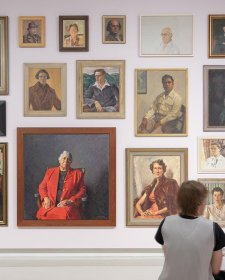
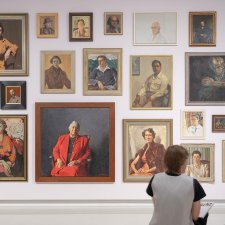
Curator Emma Kindred shares a glimpse of the creative process behind her selection of works for the National Portrait Gallery’s salon hang.
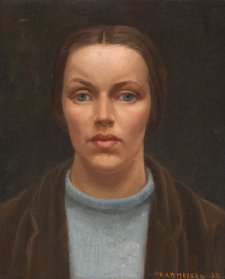
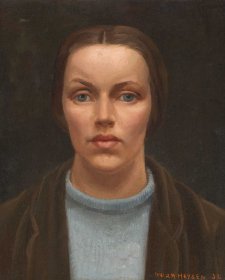
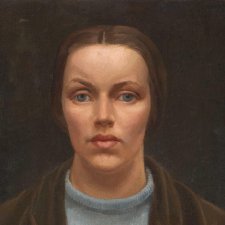
National Portrait Gallery director Karen Quinlan AM nominates her quintet of favourites from the collection, with early twentieth-century ‘selfies’ filling the roster.